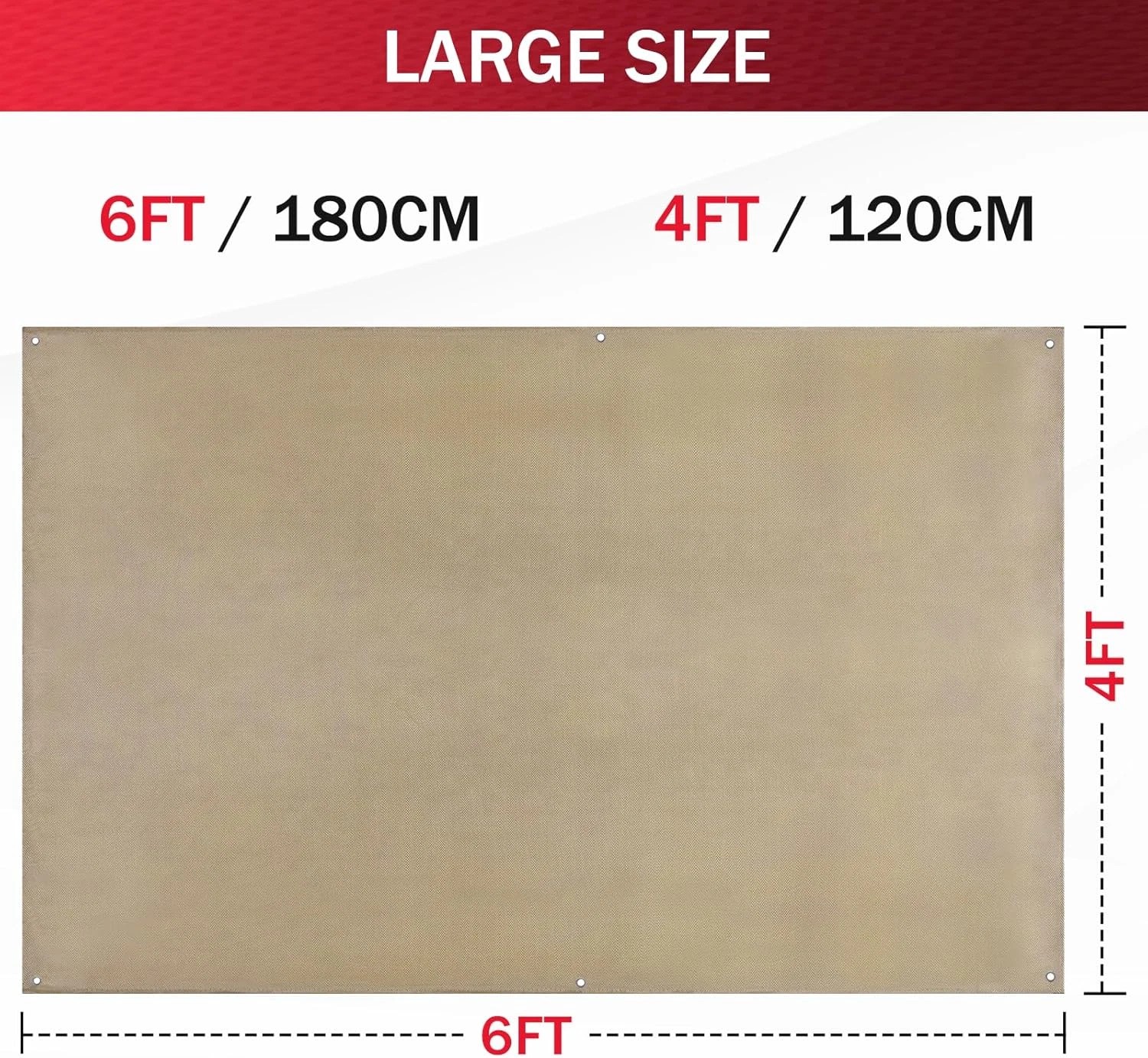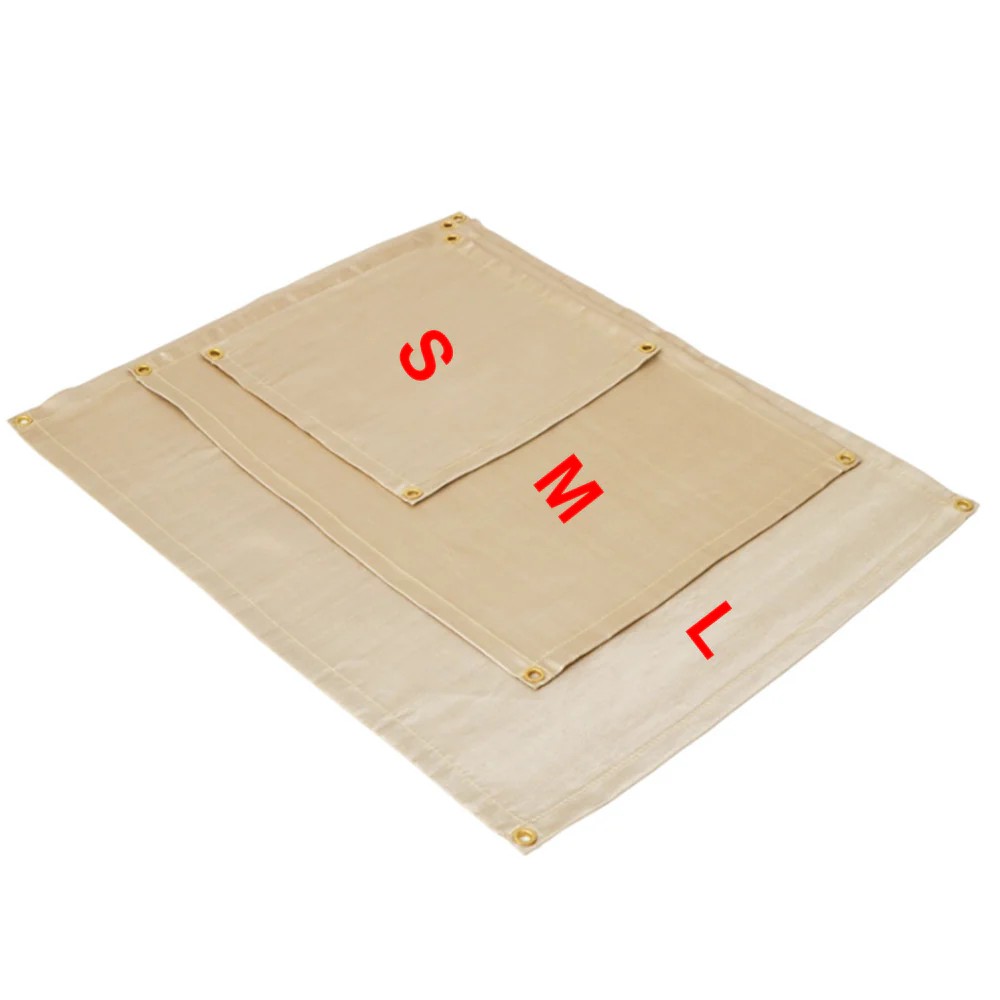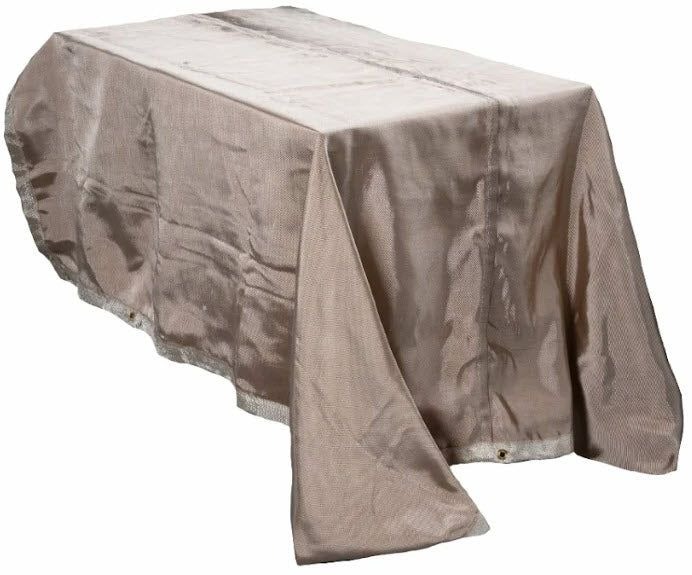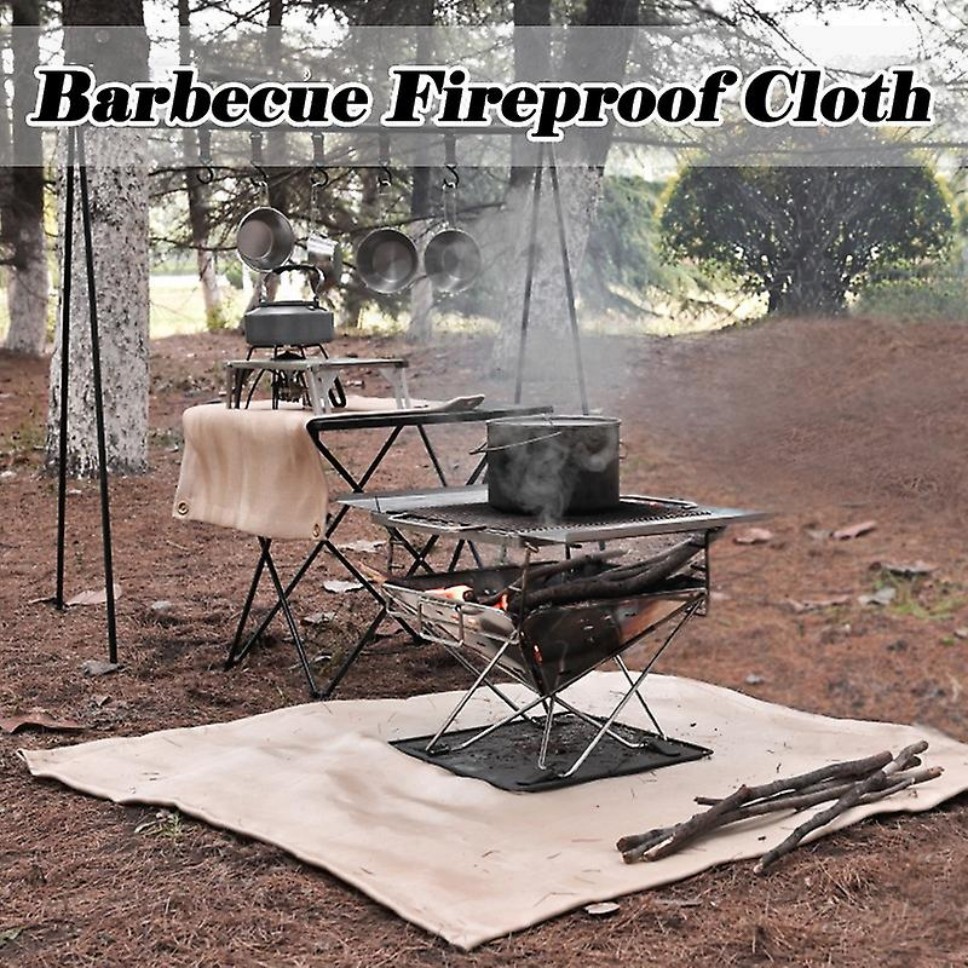Heat Blanket Welding: Techniques and Applications for Industrial Joining
Summary:Heat blanket welding is a specialized thermal joining process for large plastic components. This guide explains how it works, its advantages over other methods, proper techniques, and common industrial applications where it excels.
What Is Heat Blanket Welding?
Heat blanket welding uses flexible heating elements to join thermoplastic materials. Unlike traditional welding methods, the heated blanket conforms to complex shapes, making it ideal for large or curved surfaces. You control temperature precisely (typically 300-700°F) to melt materials without degradation.
How Heat Blanket Welding Works
The process has three key steps:
- Preparation:Clean surfaces and position the heat blanket between materials
- Heating:Apply controlled pressure while heating to melt interface layers
- Cooling:Maintain pressure during cooling to create molecular bonds
Modern systems use programmable controllers for repeatable results. The blanket's silicone rubber construction distributes heat evenly across irregular geometries.
Advantages Over Other Welding Methods
Heat blanket welding offers unique benefits:
- Large area capability:Handles joins up to 10x faster than hot air welding
- Material versatility:Works with HDPE, PP, PVC, and fiber-reinforced plastics
- Structural integrity:Creates stronger bonds than adhesive joining
- Energy efficiency:Uses 30-50% less power than extrusion welding
Key Industrial Applications
This method shines in specific scenarios:
1. Tank Fabrication:Joining liner panels in chemical storage tanks where leak-proof seams are critical. The blanket's flexibility handles curved surfaces better than plate welders.
2. Pipe Rehabilitation:Installing cured-in-place pipe (CIPP) liners. Heat blanket welding creates continuous seals at manhole connections.
3. Automotive Components:Assembling large plastic parts like battery enclosures for EVs, where traditional methods cause distortion.
Best Practices for Quality Results
Follow these professional tips:
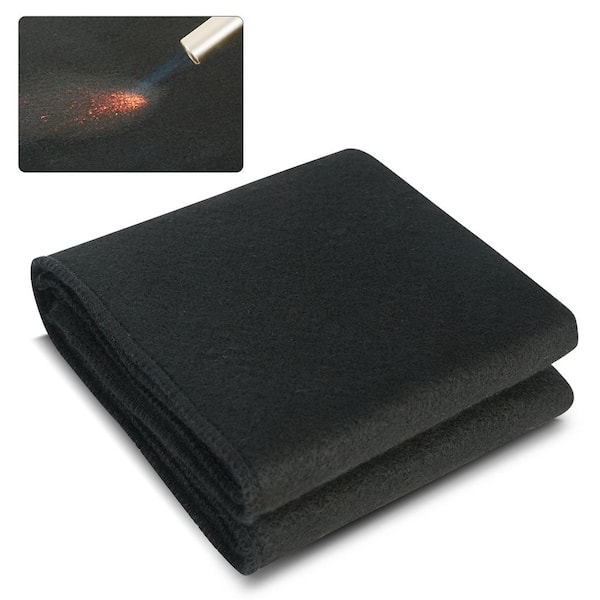
- Always pre-test on material samples to determine optimal temperature profiles
- Use infrared thermometers to verify actual surface temperatures
- Apply 2-5 psi pressure during cooling - too much causes material displacement
- Allow proper cooling time (typically 1-2 minutes per mm of material thickness)
Safety Considerations
While heat blanket welding is generally safe, you should:
- Wear heat-resistant gloves when handling hot blankets
- Ensure proper ventilation when welding PVC or other fume-producing materials
- Inspect blankets regularly for tears or electrical damage
- Never exceed the manufacturer's maximum temperature rating
Future Developments
Emerging technologies include:
- Smart blankets with embedded temperature sensors for real-time adjustments
- Hybrid systems combining induction heating with blanket technology
- AI-powered controllers that learn optimal parameters for new materials
Heat blanket welding solves joining challenges that frustrate other methods. By understanding its principles and proper techniques, you can achieve durable, high-strength bonds in complex plastic assemblies.



